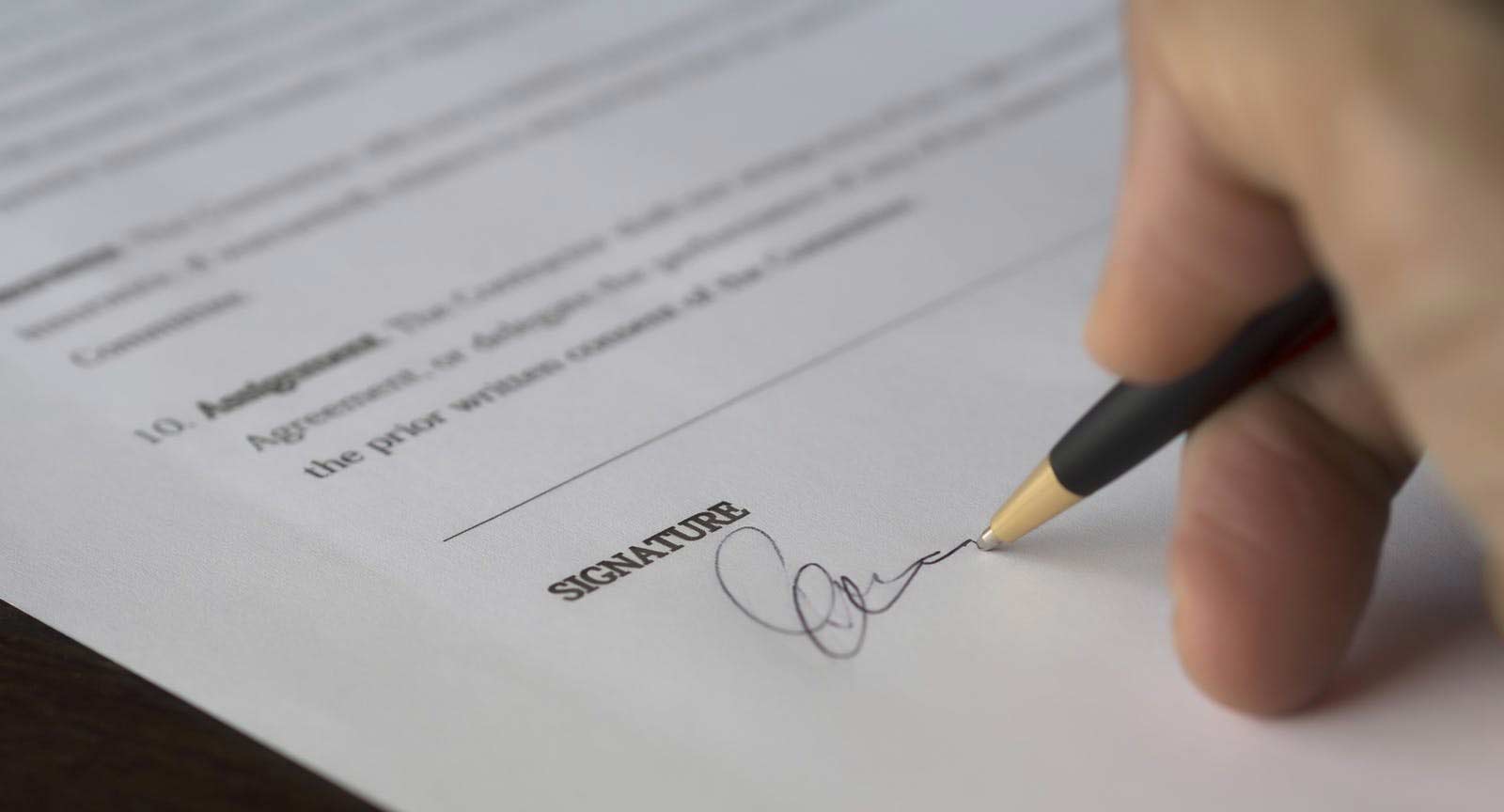Railways: paradigm shifts and insurance impacts
Since January 2020, following the opening up of passenger rail transport to competition, the French public railway company has had to reorganise its different entities. Although circular N°3/2001 of 22 July 2021 on the "protocol for assessing damage resulting from accidents caused by third parties to railway property" is intended to clarify the situation, the role of each party and the inherent costs caused by an accident are blurred. In fact, in France we now have several actors who can be the target of an accident: the railway infrastructure manager (tracks, power supplies, signals, level crossings, etc.) and the companies that benefit from this infrastructure.
An operational impact on common risks
On the practical side, this paradigm shift complicates claims management because the different companies have very little interaction. Before this reorganisation, claims in the event of a loss were formulated by the Property and Casualty Insurance divisions, which managed all the losses suffered by the various Public Industrial and Commercial Establishments (EPIC).
Nowadays, an insurer may have to receive several separate claims. In the event of a claim, an initial claim may be made by one of the subsidiaries of the public railway undertaking, which does not particularly attract the attention of the insurer because of its small amount or the triviality of the claim. However, a favourable response does not mean that this is the only claim, as there may be other, potentially larger claims at a higher cost. For example, in the case of a collision between a vehicle and a train on a level crossing, the railway infrastructure manager will claim for damage to the barriers and the railway undertaking will claim for damage and immobilisation of the rolling stock.
Another concrete example: a tree falls on a railway track, causing damage. This is a very common problem that is regularly the subject of claims. First of all, the civil liability insurer receives a claim (not a summons for a loss adjuster opinion) from the infrastructure manager following the fall of a tree belonging to one of its policyholders onto a railway track. Sometimes several months later, the insurance company receives a claim from the railway company for the same incident.
The infrastructure manager’s claim could be for a smaller amount and the insurance company will accept it more “easily”, without carrying out an extensive study. Indeed, even if the tree is not always located on the land adjacent to the infrastructure manager’s right-of-way, the latter still has obligations in terms of controlling vegetation along the tracks.
The insurance company may therefore receive a new claim some time later for the loss it thought had been resolved, this time for a very high amount from the company. This claim mainly includes the costs of repairing the train and immobilising it. The company cannot be blamed for the lack of precautionary measures in this situation, as it sent a statement of defence in accordance with the “protocol for assessing damage resulting from accidents caused by third parties to railway property”.
Benefit from an in-depth knowledge of the railway world
In these situations, it is essential for the insurance company to have loss adjusters who combine reactivity, in particular to access all the parts and their damage, with a detailed knowledge of the railway environment in order to have good reflexes. For example, the implementation of an investigation as soon as the declaration is received in order to quickly verify, as long as it is possible, that the insured’s liability has been incurred; if we follow our example, to confirm that the tree was indeed located on the insured plot.
According to the same instruction, the train should be examined before it is put back into service in order to control the costs of repairing it and of keeping it in service. Indeed, the protocol stipulates that replaced parts should be kept for only one year. However, in the vast majority of cases, the loss adjusters are sent out beyond this period, which makes it impossible to carry out observations.
Once a railway claim has been made, the insurance company must be able to rely on a railway loss adjuster, whose role will be to reconcile the expectations of the insurer and those of the various policyholders affected. He is also the guarantor of the proper application of the protocol for all parties. With his detailed knowledge of the railway environment, the loss adjuster is able to
- Identify more easily the possibilities of referral or recourse.
- Monitor the costs of rehabilitation.
- Identify the various parties involved in the railway world and their interactions.
The privatisation of France’s historic railway player opens the door to new issues that were not previously identified. Even if private or public ownership has little to do with the price, quality or reliability of the train service, this legal reorganisation leads to new insurance processes to be co-constructed between loss adjusters, insurers and companies.
Nicolas Chauvin
Industrial Risk Loss adjusters
Stelliant Loss Adjusting








